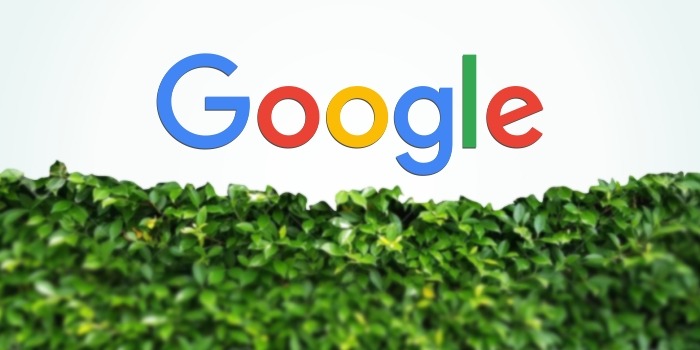YouTube and Google’s policies state that TrueView in-stream ads must be skippable, audible, and initiated by viewer action, reminds a report by performance analytics player Adalytics.
“TrueView in-stream ad placement reports from brands and advertisers – including Fortune 500 brands – showed that in some ad campaigns, between 42 to 75 pc of TrueView in-stream ad spend was allocated to GVP (Google Video Partner) sites and apps which did not meet Google’s standards,” adds the report.
Google has dismissed the study’s methodology as erroneous but the report claims that the premise of TrueView, that advertisers only pay for actual views of their ads and not impressions, has been compromised.
According to YouTube, viewers can choose to skip a video ad after 5 seconds. If they choose not to skip, the video view will count when the viewer watches 30 seconds of the ad (or till the end if shorter) or engages with the video, whichever is first. This standard claimed by Google has not been adhered to, alleges Adalytics, with the study starting 2020 to date.
“For mid-sized clients who are not using programmatic, the preferred option is TrueView for all video promotions. It could account for 40 to 50 pc of all video promotion budgets. The reason why people preferred TrueView over Meta is that Meta charged at 3 seconds and TrueView only charges at 30 seconds. Now if the allegations are true, clients will ask to review plans,” explains a digital media planner, on condition of anonymity.

According to Mandeep Malhotra, Chief Growth Strategist, Shrishti Media and Investments, this should not be a serious issue of debate as placing ads on third party sites are only an option.
“There are a certain number of invalid clicks or serving that end up on any platform, but that’s a miniscule part of the entire campaign and in most cases those amounts are credited back to advertisers. Serving YouTube ads on third party websites was an opt-in available and not hidden or forced. One can always deploy third party measurement tools like Sizmek to verify the data and traffic,” he adds.
The issue seems to rest largely on the Google Video Partners program. Each of the partners is supposed to deliver the same experience promised on YouTube, but have been found wanting. Whether it is choice of sites, context or sound quality and skippability, there are shortcomings, finds the Adalytics report.
What will happen in India? A marketer explains, “Much will depend on how things play out in the US, where the study is focused on. If those advertisers – several of them Fortune 500 companies – and media planners are able to make Google accountable, it will see ripples across the world and in India. In any case, this has shifted the focus to transparency and accountability. More than just YouTube, the whole digital ecosystem needs this badly.”

“Unlike Meta, which has a global audience on its owned platforms, Google products are everywhere on the internet and some of their popular ad formats use third-party sites and apps. It is also a source of revenue for a lot of properties that rely on Google ad properties for monetisation. As an advertiser, there is an option to opt out of Google Video Partners (GVP). And, depending on the objective of the advertiser, select the ad formats that Google offers,” explains Kirtan Mankad, CEO and Co-founder: Blackcoffee Media.
He adds, “Brands and agencies try to maximise reach, which could result in unfavourable ad placements, may it be a manual process or an automated one. However, transparency is crucial. At the onset, Google could be more transparent about the percentage of impressions served outside of the Google environment and what those properties are, to give advertisers better control over where the ad spends happen. Brands are increasingly opting for native platforms, but in the absence of viable alternatives to global giants, it is incumbent for the stakeholders to preserve the ecosystem with more vigilance.?

















